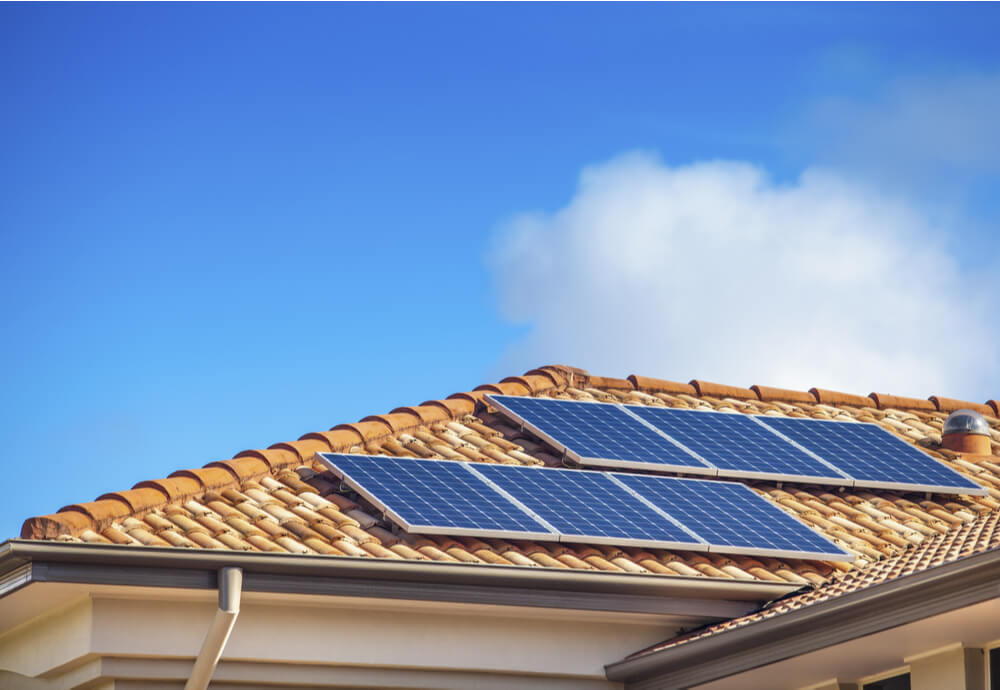When it comes to electricity, you have options.
Changes driven by technology, environmental factors and consumer behaviour are giving Aussies more choice than ever with their electricity supply.
Today, you may be able to choose between non-renewable sources like coal and gas, renewable energy sources like solar, hydro and wind, or a mixture of both.
We’ll explain how each method works, and how it relates to your household bill!
According to the Department of Industry, Science, Energy and Resources, 79% of Australia’s electricity is generated from non-renewable fossil fuels – coal and gas.1 Non-renewable means these sources are finite.
Conversely, renewable energy sources like solar, hydropower and wind account for the remaining 21%. These are unlimited resources that come from nature and are more environmentally friendly than non-renewable sources.
Power stations burn coal to produce steam, which spins turbines and creates electricity. The power stations connect to an electrical grid which distributes electricity out to our homes via powerlines. Large coal power stations are the most common source of electricity in Australia and have the capacity to power hundreds of thousands of homes.
Delivered through pipelines from gas fields located all over the country, natural gas is abundant in Australia. Like coal, natural gas is burned to produce steam and spin a turbine that generates electricity. One of the cheapest sources of electricity, natural gas is the cleanest fossil fuel.
According to the Department of Industry, Science, Energy and Resources, as of August 2020, there are around 2.53 million rooftop solar power systems, over 100 hydroelectric power stations and over 90 wind farms in Australia.2 The beauty of renewable energy is the fuel source is free, easily replenished and more environmentally friendly.
While there’s no one-size-all best electricity option, there are sources of electricity that may appeal to you over others.
Keep in mind, regardless of whether you choose non-renewable or renewable energy, all electricity produced ends up in the grid. The cool part is choosing renewable energy, adds cleaner electricity into the grid on your behalf and increases the proportion of renewable energy produced and consumed.
If you can afford the upfront costs, solar has the potential to save you money long-term, plus you may be eligible for a solar rebate and a solar feed-in tariff. Currently, Greenpower costs a premium and is probably the most expensive. At present, most traditional electricity plans utilise coal-powered electricity and tend to be cheaper than electricity sourced from renewable generation.
When’s the last time you shopped around for a cheaper bill? The cost of electricity will vary from provider to provider, compare energy providers to start your search for a plan for your household.

The GreenPower initiative (only available in selected Australian states) allows households and businesses to buy electricity from 100% renewable energy sources, like Hydropower and Windpower.
According to GreenPower, there are more than 160,000 GreenPower customers across Australia.3 You can purchase GreenPower through most energy providers.
Learn more about your renewable energy options.
Outwardly, you’re paying for four main components as part of your total electricity price:
Within your bill you’re paying for the above via for two components:
N.B. This breakdown doesn’t include additional one-off charges like turning on your supply when you move in or other ongoing administration costs.
Do energy bills confuse you? Learn how to read bills.
Do you want to reduce your usage and save money? There are many things you can do including, investing in energy-efficient appliances, switching appliances off at the power point and switching providers with better plans. Learn all about this and more from our how to save electricity page.
Each option has its pros and cons. It generally depends on what appliances you have and how much energy you use. To learn more, you can read our electricity vs gas page and discover which may be the better option for you.
The future is looking green.
A report from the International Renewable Energy Agency (IRENA) found that new renewable power generation projects are now undercutting existing coal-fired plants.4 This means renewable energy is not only a cleaner source but quickly becoming a cheaper one too.
IRENA also suggests that renewables can make up 60% or more of many countries’ (including Australia’s) total energy consumption (TFEC) by 2050.5
In conjunction with the savings tips above, one thing you can do straight away is compare your energy plan against others. It’s a five-minute exercise that’ll help you figure out if you’re overpaying.
Our service can help you do just that; plus, it’s completely unbiased. We present options to you in order of price, and let you explore the details of each plan on your terms.
So, what are you waiting for? Compare now!